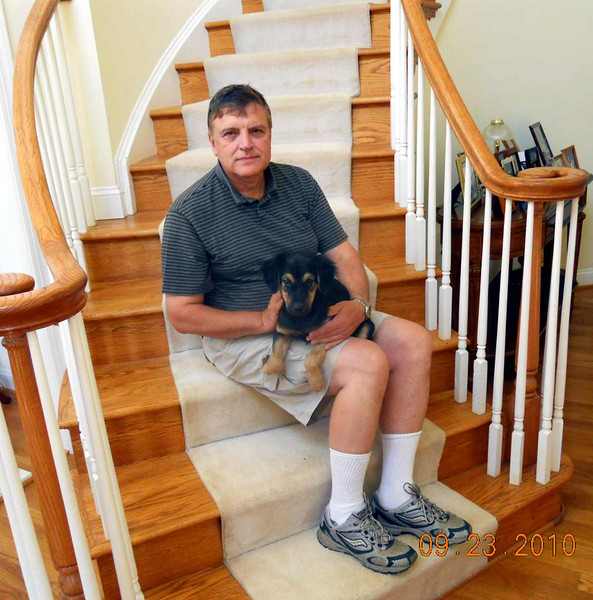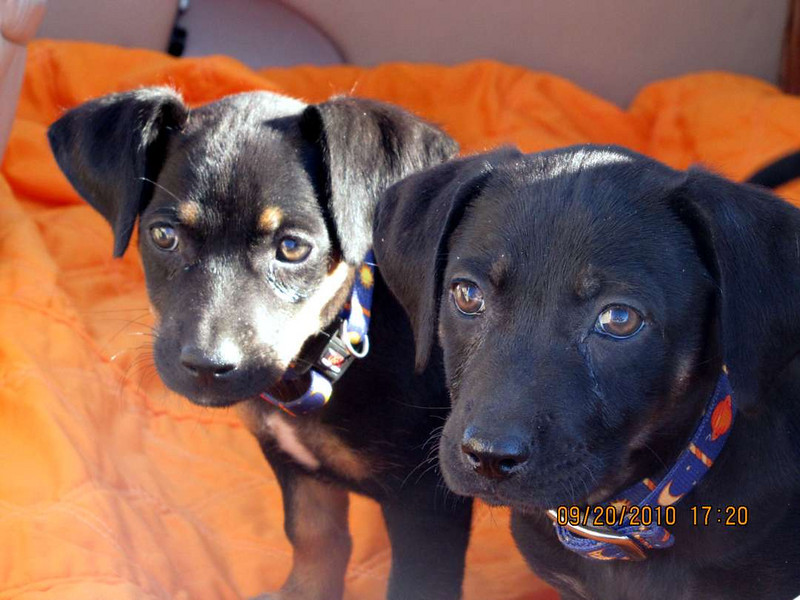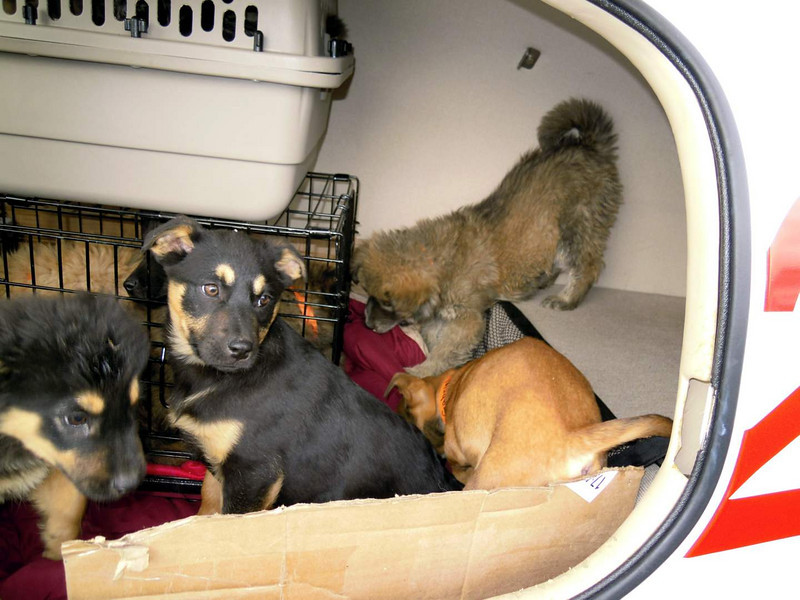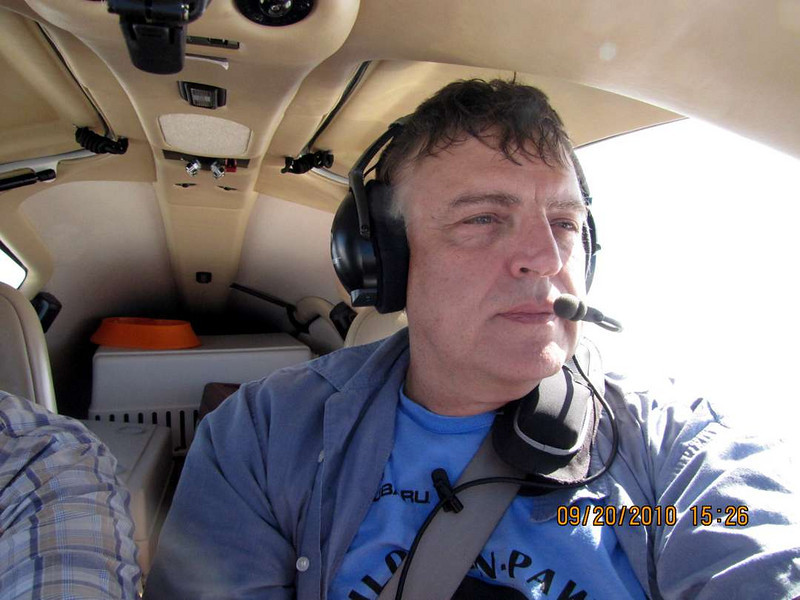Pilots N Paws forms families

Molly with Michael Young (Michael Young)
Abandoned at birth, Molly is two years old and has already flown on a four seat plane from North Carolina to Virginia in search for a place to call home.
Last September, Molly found a family.
A German Shepherd and Border Collie mix, Molly was about to be euthanized in North Carolina before pilot Michael Young flew down and rescued her.
“I just fell in love with her,” said Young, an adjunct professor at Mason.
Pilots N Paws is a nonprofit program Young discovered last year. The program tries to bring together people who rescue, shelter or foster animals, and pilots and plane owners willing to assist with the transportation process.
The website contains a discussion board where information is shared on how to successfully complete the mission of rescuing the animals from a place with no hope to a new home for the animals.
The George Mason University Aviation Club has been actively involved with the organization. The year-old Mason club was formed at Mason in March 2010 and since then they have grown to over 70 members.
The club is designed for people who are interested in aviation and want to get introduced to the aviation community, said Conor Dancy, a junior earth science major who serves as president of the club.
According to Dancy there are very few schools with Aviation Clubs, giving Mason students a unique opportunity.
While the club isn’t a flight school there are ways to set up private lessons with some of the flight instructors for a fee.
The club helps students get on the other side of the fence at the airport, said Young who serves as a faculty advisor for the Aviation Club.
Molly was rescued in September when Young flew down in his Colombia 400 to North Carolina and rescued eight dogs. Young remembered having no intention of adopting a dog on the trip, but somehow he couldn’t resist.
“During the eight-dog flight to New York from North Carolina, we stopped at Warrenton, Va. to drop one dog off. There I saw goofy-looking Molly,” Young said in an e-mail.
Young has been participating in Pilot N Paws since September and he has begun taking members from the Aviation Club with him on his trips.
“It was a blast – I have sort of a soft spot for dogs,” said Drew Binns a sophomore and earth science major who has accompanied Young on a few of his trips.
Binns is in the process of getting his piloting license but as any pilot can tell you the process is long, difficult and very expensive.
“The cost can be prohibitive – but you can still do a lot of stuff,” Binns said.
According to Dancy, a pilot and flight instructor, the average cost for a private license is around $10,000.
Young estimated that one-third of the flying cost is gasoline with the other two-thirds coming from maintenance and insurance fees.
The cost to join the Aviation club, however, is $15 a semester and to participate in flight days at the Warrenton-Fauquier Airport the cost is no more than $30.
Flight days allow club members to go up in the air with a pilot as they fly around the area. Sometimes a pilot will even allow members to try flying the plane.
Typically a flight on a private plane for an hour can cost hundreds of dollars but as a member of the Aviation Club the cost is minimal and Dancy describes the flight days as one of their most highly attended.
While the cost can be expensive to get a license, Binns still remembers his first flight experience.
“He had one hell of a plane,” said Binns who remembered the pilot doing a hammerhead and flipping the plane over while Binns hung upside down, only held in his seat by a harness. “Hard to put it in words…the flight will probably stay with me the rest of my life.”
Members of the Aviation Club are using their experience to help accompany Young on his mission of rescuing animals in need of a home.
“I loved it, it was great flying out there,” said freshman Samantha Dilday, a biology major who accompanied Young on a one day trip on the east coast where they picked up two dogs and flew 800 miles.
“[I got to] hang out with animals and fly in the same day,” said Dilday who eventually wants to be a pilot.
Many families choose to pick up their new family member right at the airport. Dilday said this was one of the most rewarding parts of the trip.
“[It’s] great to see the expressions of the families,” Dilday said.
While the volunteer work can be time consuming and the gas money can be expensive, the end reward means saving an animal’s life. Young said the work is something pilots just love doing.
“Pilots are looking for a reason to fly,” said Young. “I’m always looking for an excuse to go flying.”





